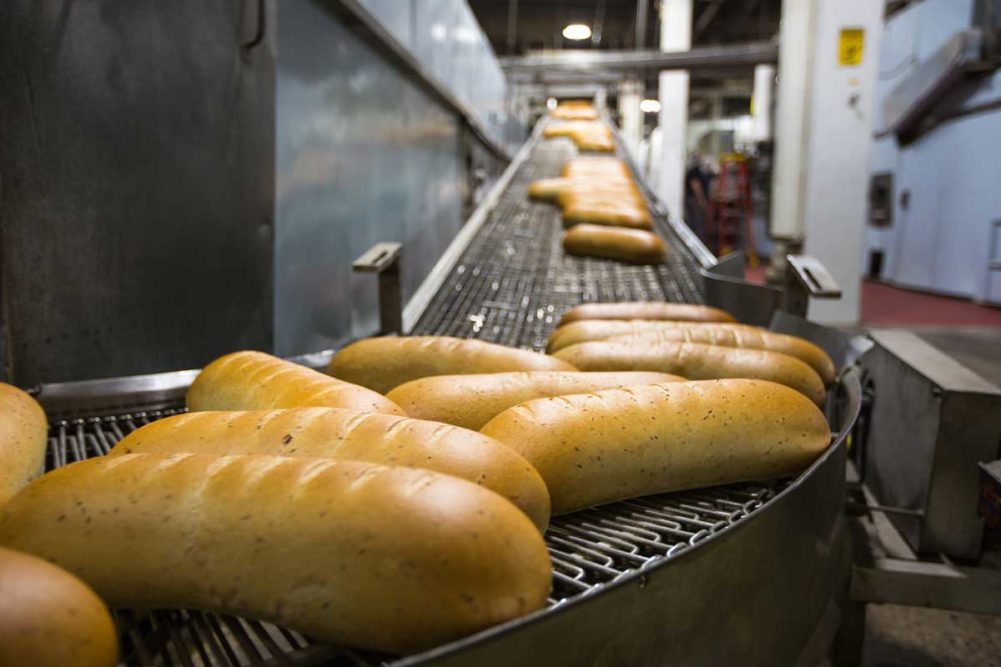When downtime is limited because production is non-stop, a key to successful maintenance is minimizing the tasks that need to be done during downtime.
“There are ways of performing preventive maintenance on equipment while it’s running, either manually or in an automatic format that minimizes what you have to do when that equipment is down,” explained Jim Kline, president, The EnSol Group.
New equipment is often designed for running preventive maintenance. These design attributes can include remote lubrication or even streamlined design that removes maintenance needs altogether.
Remote lubrication often features automatic oilers or configuring components, so they are safely accessible while the equipment is running.
“All you have to do is keep the oil container filled, and it will cycle on a frequency that’s been programmed,” Mr. Kline explained.
Design can have a major impact on the amount of maintenance, he continued. For example, on conveyors, if the shaft drives directly into the gear box, the sprocket and chain are eliminated and no longer require any maintenance.
“This gets back to the efficiency of design, so when you’re starting a new bakery and you know you’re designing for longer runs, these are the things you would build into the design,” Mr. Kline said.
For bakeries managing longer production runs than they were designed for, hope is not lost. Remote lubrication can also be added to older pieces of equipment.
“If you have a newer machine you probably have some of those attributes, but if you have an older one, you can make those modifications very easily,” said Rowdy Brixey, president, Brixey Engineering Strategies & Training. “It’s a one-time fix, and then you have access to it any time you want.”
Running inspections can also be extremely helpful for not only saving time but also revealing exactly what’s going on with a production line.
“Listening to the equipment, checking temperatures, watching the smooth operation, those are all things that are running checks that should be designed into a productive preventive maintenance plan,” Mr. Kline said.
Condition-based monitoring can also help bakers make educated decisions when compiling this plan. Monitoring amp readings and temperatures can act as vital signs for equipment, Mr. Brixey said, and give an indication if something is wrong.
“Oil samples, vibrations, temperature, those are all good, trendable data measurements, especially if you have good baselines when the line is operating well,” he explained. “You can compare those day-to-day or week-to-week and see if there’s a trend telling you that you have a problem.”
Life expectancy of components can also clue a maintenance team into when it’s time for replacement. If one hose or bearing shows signs that it’s about to fail, then why not replace all of them if they were installed at the same time, Mr. Brixey suggested.
“Every asset bearing started its life basically on the same day and have seen the same amount of use, so when one starts to fail, odds are you’ve got a few more and then a week later, five times more than that and so on,” he said.
Changing them all at once reduces downtime.
By implementing running maintenance, bakeries can focus on bigger maintenance tasks during downtime.
This article is an excerpt from the June 2020 issue of Baking & Snack. To read the entire feature on preventative maintenance, click here.





